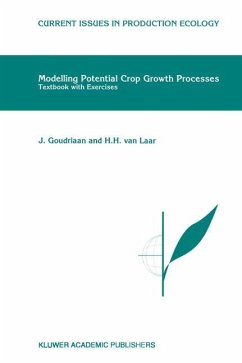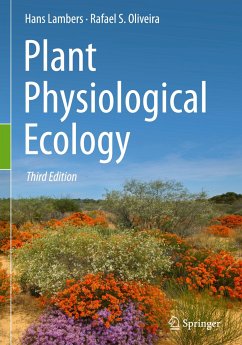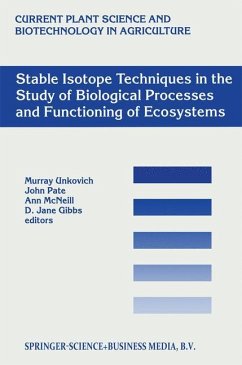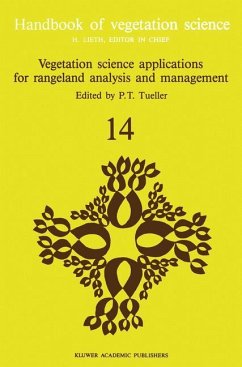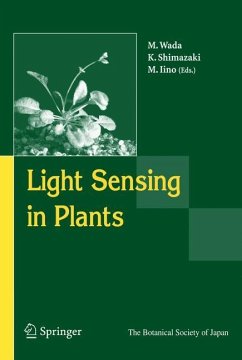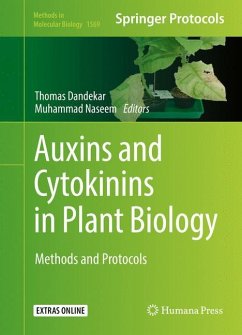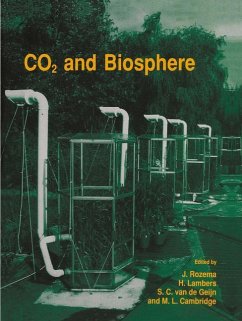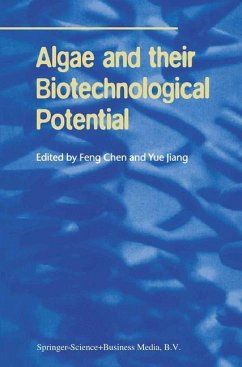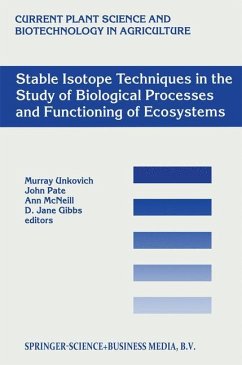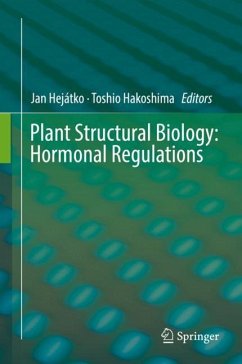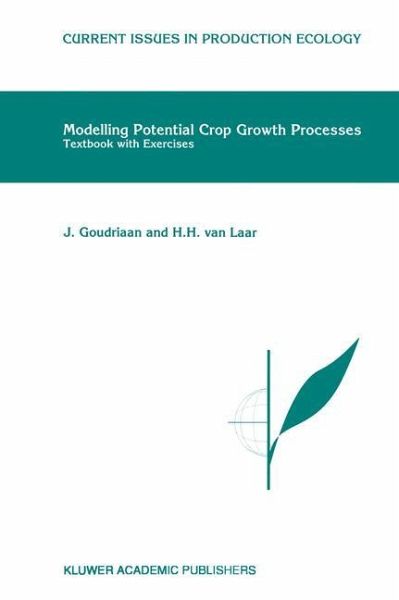
Modelling Potential Crop Growth Processes
Textbook with Exercises
Versandkostenfrei!
Versandfertig in 1-2 Wochen
115,99 €
inkl. MwSt.
Weitere Ausgaben:

PAYBACK Punkte
58 °P sammeln!
We dedicate this book to professor C. T. de Wit (1924 - 1993) who initiated Production Ecology as a school of thought at the Wageningen Agricultural Univer sity (see Rabbinge et at. , 1990). To acknowledge the leading role of C. T. de Wit, a recently formed graduate school at this university in Production Ecology was named after him. Production Ecology is the study of ecological processes, with special attention to flows of energy and matter as factors that determine the productivity of ecological systems. Agro-ecosystems are a special case of ecosystems which are much better suited for the pr...
We dedicate this book to professor C. T. de Wit (1924 - 1993) who initiated Production Ecology as a school of thought at the Wageningen Agricultural Univer sity (see Rabbinge et at. , 1990). To acknowledge the leading role of C. T. de Wit, a recently formed graduate school at this university in Production Ecology was named after him. Production Ecology is the study of ecological processes, with special attention to flows of energy and matter as factors that determine the productivity of ecological systems. Agro-ecosystems are a special case of ecosystems which are much better suited for the productivity approach than natural ecosystems are. This is the reason for the strong role of agricultural research in production ecology. On the other hand, it must be recognized that the spatial heterogeneity of natural ecosys tems and their species richness may alter some ecophysiological relationships. However, the basic physical, chemical and physiological processes will be the same. De Wit introduced the state variable approach as the basis for simulation mod elling. In this approach the floating character of nature is schematized into a series of snapshots over time in which the states are frozen at each separate moment. The current state determines how the rates of change will lead to the next snapshot. This way of thinking enables a clear and workable representation of interacting simul taneous processes, without compromising on the mathematics.





